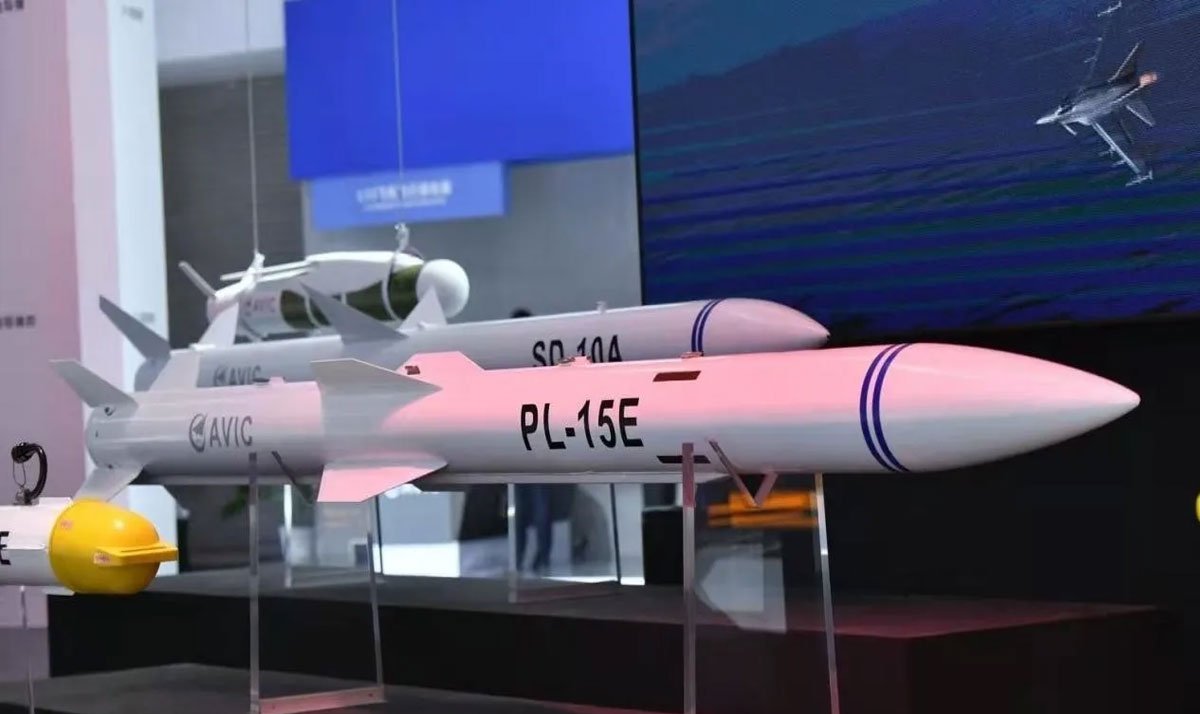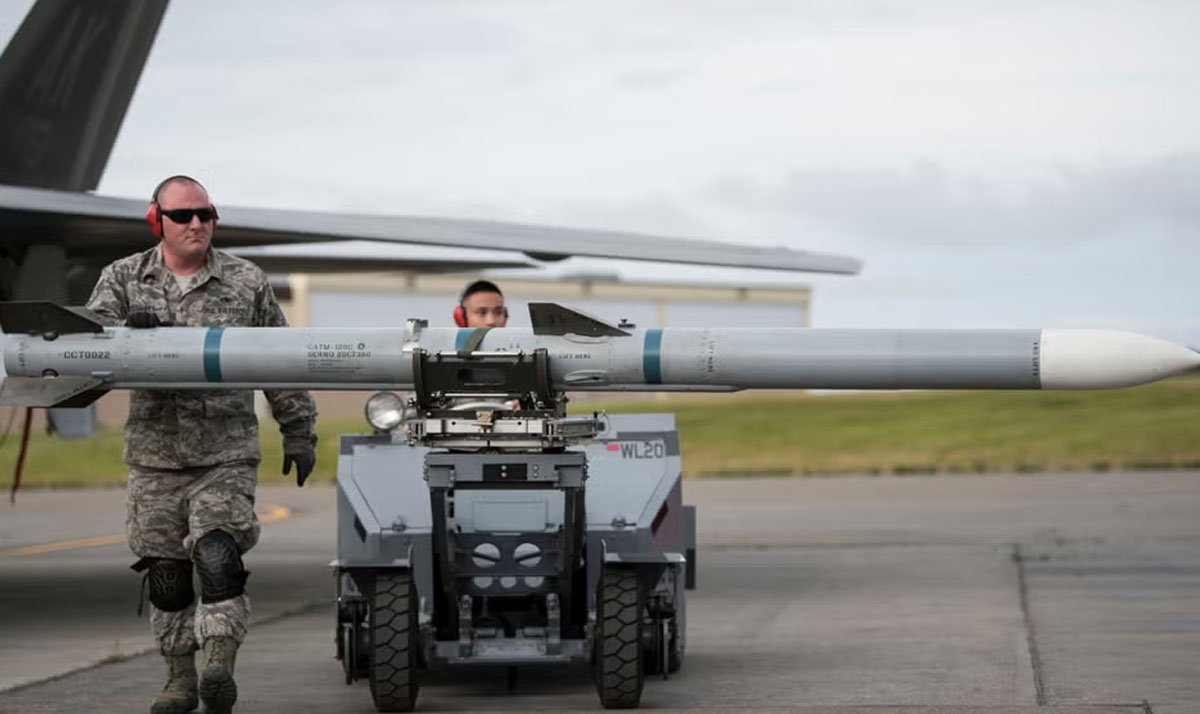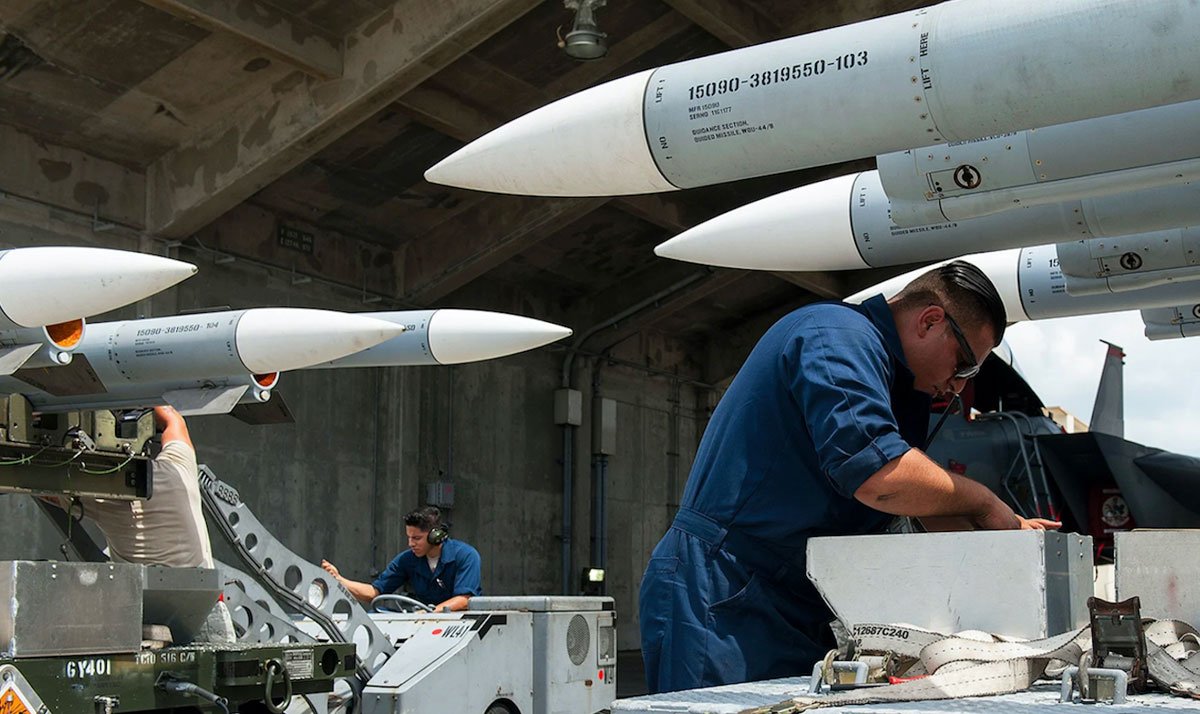US Accelerates AIM-260 Missile Program to Counter Chinese Threat. In a sharp escalation of the global aerial arms race, the U.S. Air Force and Navy are seeking nearly $1 billion in the FY2026 defense budget to begin full-scale production of the Lockheed Martin AIM-260 Joint Advanced Tactical Missile (JATM). This high-priority investment reflects the Pentagon’s urgent response to rising threats from China and its allies.
Why the AIM-260 JATM Matters Now
The funding request follows a major shift in air warfare. In May 2025, Pakistan reportedly used the Chinese-built PL-15 air-to-air missile in combat, allegedly shooting down Indian fighter jets from more than 160 kilometers away. This marked the first known combat use of such a long-range missile—and it alarmed Western defense officials.
In response, the U.S. is acting quickly to regain its edge in beyond-visual-range (BVR) air combat, where rivals are making significant gains.
The AIM-260: Replacing the Aging AIM-120 AMRAAM
Lockheed Martin began developing the AIM-260 in 2017 to replace the aging AIM-120 AMRAAM, a mainstay since the 1991 Gulf War. While the AIM-120 has proven reliable, its range and performance no longer match current threats.
The AIM-260 JATM will offer over 200 kilometers of range, giving U.S. fighters the ability to outmatch China’s newest missile systems.
A Direct Response to China’s PL-15 & PL-17

The AIM-260 competes directly with China’s PL-15 and its newer counterpart, the PL-17, which can reportedly strike targets up to 400 kilometers away.
Now deployed by the People’s Liberation Army Air Force (PLAAF), the PL-17 is seen as a strategic “carrier killer.” It was built to destroy high-value U.S. assets like AWACS planes, refueling tankers, and stealth bombers—long before they can engage or escape.
Pentagon Sounds Alarm Over Air Superiority Gap

The PL-17’s arrival has forced the Pentagon to confront a serious risk: the U.S. could lose air superiority in a future high-end conflict if it fails to field the AIM-260 and other advanced weapons quickly.
Funding Breakdown: Joint Investment Across Branches
The AIM-260 will become the standard long-range air-to-air missile across multiple U.S. platforms. Budget details for FY2026 include:
- $368 million requested by the U.S. Air Force
- $300 million in an Unfunded Priorities List submitted to Congress
- $301 million requested by the U.S. Navy
This brings the total funding request to just under $1 billion, reflecting the missile’s strategic value to both services.
Flexible Integration: Stealth and Legacy Platforms
The AIM-260 is designed for internal carriage in stealth aircraft like the F-22 Raptor and F-35 Lightning II, preserving their low radar signature. But it also works with legacy aircraft, including the F-15 Eagle, F-16 Fighting Falcon, and F/A-18E/F Super Hornet.
This cross-platform compatibility makes the missile a cost-effective and scalable solution.
Closing the Missile Gap
As the U.S. prepares for potential conflicts in the Indo-Pacific and other contested regions, long-range air dominance will be essential. The AIM-260 JATM is more than a new weapon—it is a strategic necessity.
With production slated to begin in 2026, the missile stands at the core of America’s plan to reclaim aerial superiority and deter peer adversaries.








